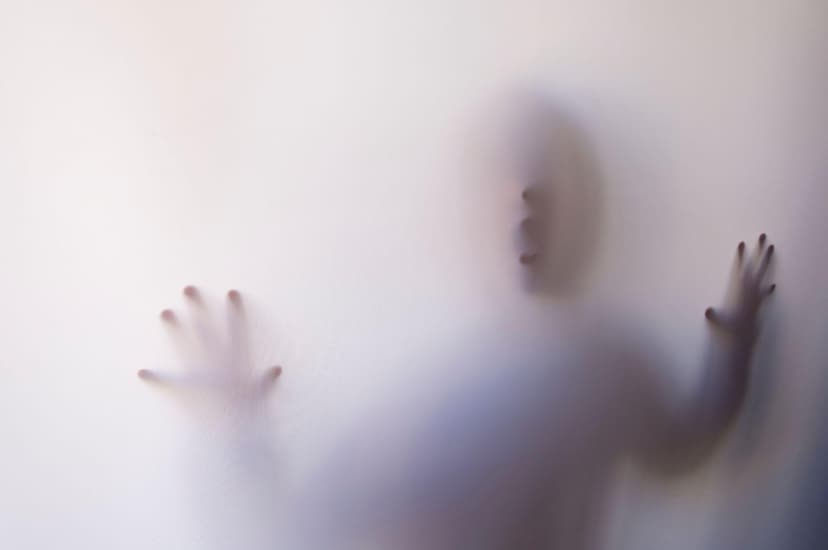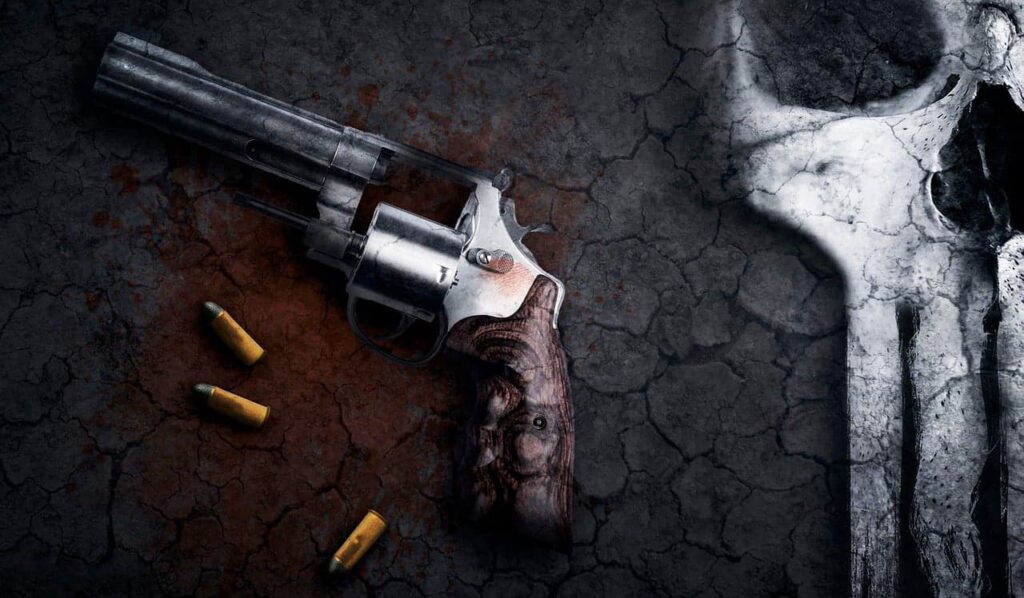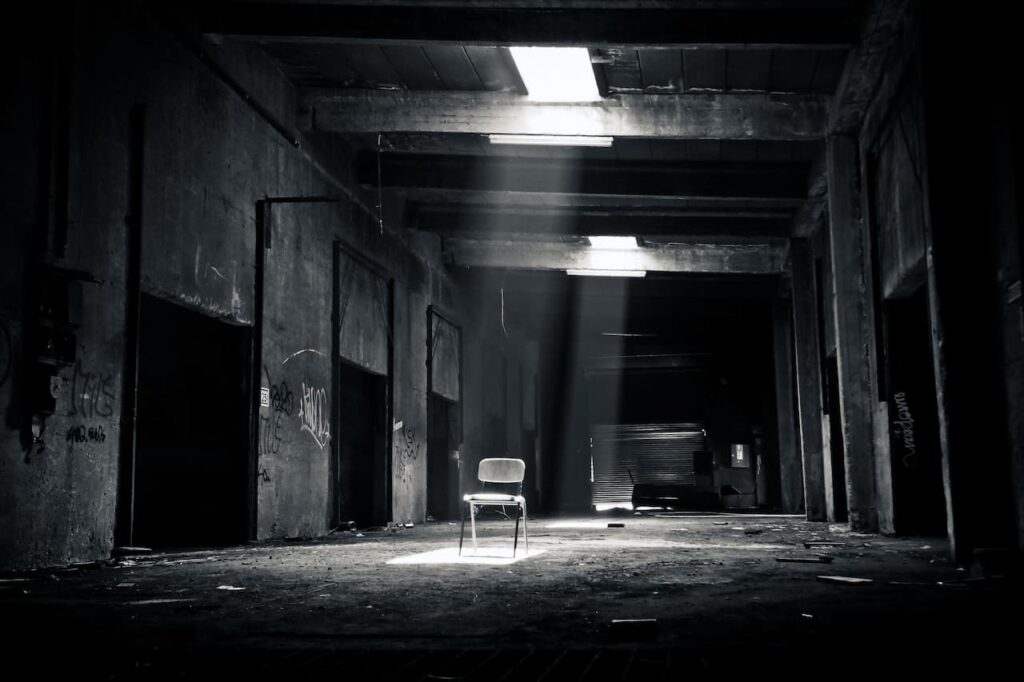In the world of cinema, horror films hold a special place. They have the unique ability to send shivers down our spines, make our hearts race, and keep us on the edge of our seats. At the helm of these spine-chilling experiences are directors with a talent for crafting terrifying tales that linger in our minds long after the credits roll. In this article, we will delve into the world of scary movie directors, exploring the masterful storytellers who have redefined the horror genre and continue to leave audiences trembling with fear.
The Maestro of Suspense: Alfred Hitchcock
No discussion of scary movie directors can begin without paying homage to the “Master of Suspense” himself, Alfred Hitchcock. His name is synonymous with psychological thrillers and suspenseful cinema. Hitchcock’s ability to manipulate audience emotions and build tension is unparalleled, making him a legend in the world of horror.
Hitchcock’s iconic films like “Psycho” (1960) and “The Birds” (1963) have become classics, with their haunting visuals and unforgettable scenes. The infamous shower scene in “Psycho” remains one of the most chilling moments in cinematic history. Hitchcock’s influence on the horror genre is immeasurable, and his legacy continues to inspire filmmakers to this day.

A Mastermind of the Macabre: Wes Craven
Wes Craven is another luminary in the realm of horror cinema. He is best known for creating two of the most iconic horror franchises: “A Nightmare on Elm Street” (1984) and “Scream” (1996). Craven’s genius lies in his ability to tap into our deepest fears and turn them into nightmares on screen.
In “A Nightmare on Elm Street,” Craven introduced the world to Freddy Krueger, a nightmarish villain who haunts the dreams of teenagers. The film’s blend of surrealism and terror gave birth to a new wave of horror. Similarly, “Scream” revitalized the slasher genre with its self-awareness and clever deconstruction of horror tropes.
Wes Craven’s impact on horror is not only through his films but also through his legacy. He redefined what it means to be scared at the movies and left an indelible mark on the genre.
The Visionary of the Supernatural: Guillermo del Toro
Guillermo del Toro is a director known for his ability to create dark, fantastical worlds that are both beautiful and terrifying. He is a master of blending horror with elements of fantasy and the supernatural. Del Toro’s films often explore the thin line between the monstrous and the sympathetic.
One of his most celebrated works, “Pan’s Labyrinth” (2006), takes viewers on a journey into a post-Civil War Spain filled with mythical creatures and a young girl’s harrowing experiences. The film’s haunting visuals and thought-provoking narrative showcase del Toro’s unique storytelling prowess.
In addition to “Pan’s Labyrinth,” del Toro is responsible for films like “Crimson Peak” (2015) and “The Shape of Water” (2017), which won the Academy Award for Best Picture. His ability to create eerie and visually stunning worlds sets him apart as a director who continues to push the boundaries of horror and fantasy.

The Master of the Macabre: Tim Burton
Tim Burton’s distinct visual style and penchant for the peculiar have made him a beloved figure in the world of horror and dark fantasy. His films are a perfect blend of whimsy and darkness, often featuring gothic aesthetics and quirky characters.
Burton’s “Edward Scissorhands” (1990) and “Sleepy Hollow” (1999) are prime examples of his unique approach to horror. The former tells the story of an artificial man with scissors for hands, while the latter is a reimagining of the classic tale of Ichabod Crane and the Headless Horseman. Both films showcase Burton’s ability to infuse dark themes with elements of fairy tale whimsy.
Burton’s influence on the horror genre extends to his work as a producer, including films like “The Nightmare Before Christmas” (1993) and “Corpse Bride” (2005). His darkly enchanting worlds continue to captivate audiences of all ages.
Scary movie directors are the architects of our darkest fears and the creators of cinematic nightmares. Alfred Hitchcock’s suspenseful storytelling, Wes Craven’s reinvention of the horror genre, Guillermo del Toro’s blend of fantasy and terror, and Tim Burton’s gothic whimsy have left an indelible mark on the world of horror cinema.
These directors are not merely filmmakers; they are storytellers who tap into the primal fears that reside within us all. They remind us that horror is not just about cheap thrills and jump scares; it is a genre that explores the depths of human psychology and the darkness that lurks in the shadows.
As we continue to embrace the chilling tales spun by these masterful directors, we can appreciate the artistry and craftsmanship that goes into creating the spine-tingling experiences that keep us coming back for more. In the hands of these directors, fear becomes a form of art, and the horror genre remains a captivating and enduring part of cinematic history.
